I'm building an H-bridge circuit designed to send a pulse through an electromagnet, and then rapidly collapse the field of the electromagnet coil as soon as the transistors switch off. Minimizing the field collapse time is a critical parameter to the application.
I am using the following components:
N-channel MOSFET - IRF3205
On-state resistance Rds(on): 8 mΩ
Voltage Vgs highest: ±20 V
Voltage Vds Typical: 55 V
Current Id continuous: 110 A
Current Idm pulse: 390 A
RFUH20TJ6S Schottky diode
https://www.mouser.com/datasheet/2/348/rfuh20tj6s-1920871.pdf
Reverse Voltage: 600 V
Non-repetitive forward surge current: 120 A
Average Current: 20 A

The idea is that we have a single half-bridge driver to drive the gates of the two MOSFET with 12 V. When the Gates have 12 V applied, the MOSFETs conduct power through the electromagnet coil.
When the MOSFETs are switched off, the back-EMF from the inductive load is conducted through the diodes, through the braking resistor, which rapidly collapses the field.
I assumed that the Diodes themselves do not need to be rated to handle 60 A, because they only need to handle the current of the back-EMF, which should be very small due to the braking resistor. The larger the value of the Braking Resistor, the smaller the field collapse time. However, I have been having trouble with the circuit. The MOSFETs are failing (drain to source conducting) and the diodes seem to be failing as well, sometimes without even applying any gate voltage.
Is this a valid design for the intended function? Where are there issues/things missing?
Any and all feedback is welcome.
